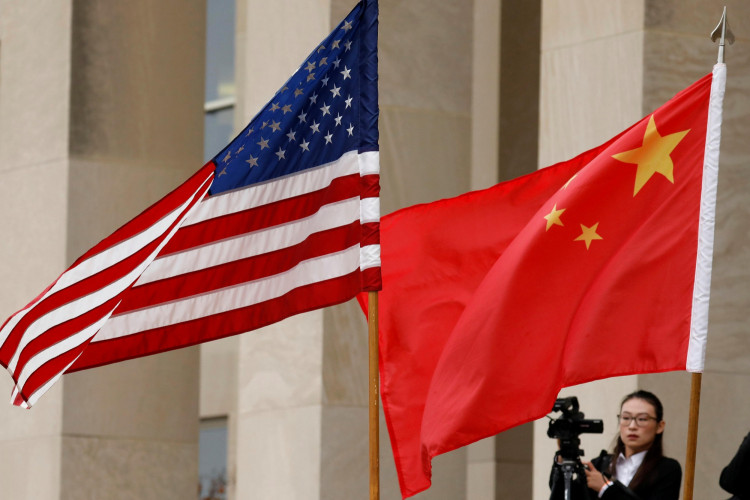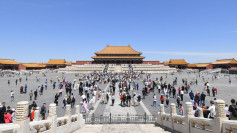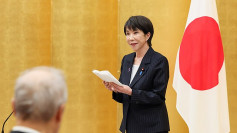The United States and China reached a tentative framework agreement on Tuesday aimed at de-escalating trade tensions and resolving dueling export restrictions, following two days of high-level talks in London. While the deal halts immediate escalation, major tariff threats remain unless both sides finalize a broader pact by August 10.
U.S. Commerce Secretary Howard Lutnick announced the framework after meetings concluded late Tuesday evening. "We have reached a framework to implement the Geneva consensus and the call between the two presidents," Lutnick told reporters. "The idea is we're going to go back and speak to President Trump and make sure he approves it. They're going to go back and speak to President Xi and make sure he approves it, and if that is approved, we will then implement the framework."
Chinese Vice Commerce Minister Li Chenggang confirmed the preliminary agreement, saying, "The two sides have, in principle, reached a framework for implementing the consensus reached by the two heads of state during the phone call on June 5th and the consensus reached at the Geneva meeting."
At stake is the survival of the Geneva trade truce, which promised sweeping tariff reductions for 90 days but quickly unraveled over China's decision to curb exports of rare earth minerals-a vital input for U.S. defense and green technology sectors. In response, the U.S. imposed new restrictions on semiconductor design software, aviation components, and critical chemical exports to China.
As part of the new framework, China will lift some rare earth export restrictions, which Lutnick described as a "fundamental" provision. "Also, there were a number of measures the United States of America put on when those rare earths were not coming," Lutnick said. "You should expect those to come off, sort of as President Trump said, in a balanced way."
The framework must now be approved by both governments. If talks collapse, tariff rates will jump significantly-U.S. duties on Chinese goods would spike from roughly 30% to 145%, while China's retaliatory tariffs would increase from 10% to 125%.
The talks received a boost from a rare direct phone call between President Trump and President Xi Jinping last week. Lutnick said the directive from both leaders was "merged with the Geneva truce agreement" to form the basis of the new framework.
Markets were cautious in their response. MSCI's Asia-Pacific index excluding Japan rose just 0.2% on Wednesday, with investors awaiting clarity. "The devil will be in the details," said Chris Weston, head of research at Pepperstone. "The lack of reaction suggests this outcome was fully expected."
Customs data released Monday showed that China's exports to the U.S. plunged 34.5% in May, the steepest drop since the COVID-19 pandemic. While inflationary pressures in the U.S. have remained muted, the tariffs have dented consumer and business confidence and weighed on the dollar.
Commerce Secretary Lutnick was joined in London by U.S. Trade Representative Jamieson Greer and Treasury Secretary Scott Bessent, who returned to Washington ahead of Wednesday's congressional testimony.
In a separate development Tuesday, a U.S. appeals court allowed Trump's contested 34% "reciprocal" tariffs to remain in effect during the government's appeal of a lower court ruling that found they exceeded presidential authority. The decision preserves one of Washington's most potent levers in the ongoing negotiations.
U.S. officials say the current deal is a necessary step to avoid economic escalation, but fundamental disagreements over trade practices, industrial subsidies, and market access remain unresolved. "They are back to square one but that's much better than square zero," said Josh Lipsky, senior director at the Atlantic Council's GeoEconomics Center.






